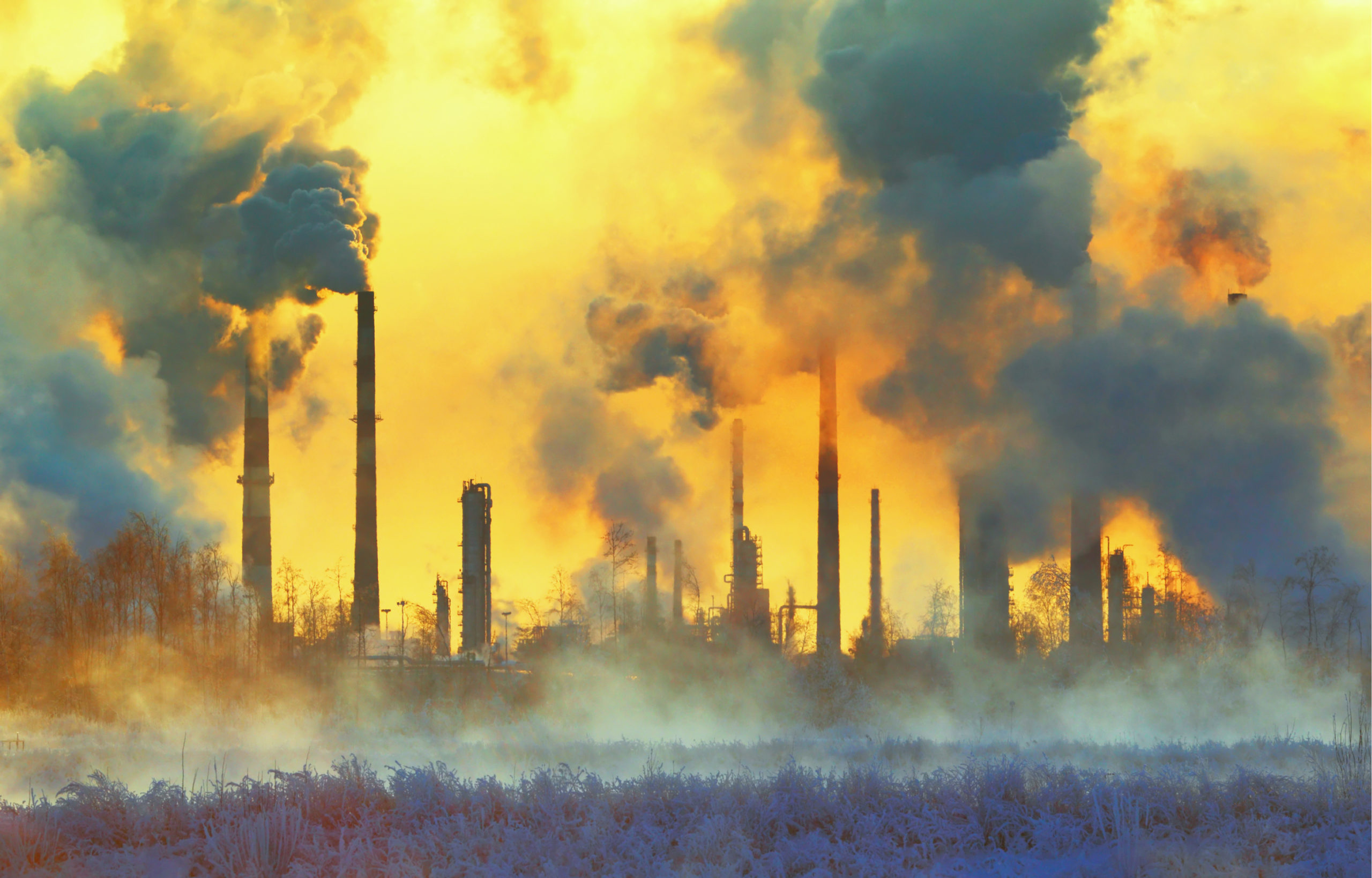Environmental, social, and governance (ESG), corporate social responsibility (CSR), and sustainability are becoming increasingly significant issues for supply chain management. These concepts can be hard to define and measure, and even harder to integrate into procurement. But with a risk management strategy built on a thoroughly mapped supply chain, OEMs and retailers can identify and monitor potential ESG, CSR, and sustainability problems and mitigate them before they impact sales, customer relationships or brand image. They can also collaborate with suppliers to enhance sustainability performance and reduce the greenhouse gases (GHGs) associated with supply chains—a trend being embraced by leading global brands such as Unilever, Procter & Gamble, AB-InBev and Colgate-Palmolive.
While organizations such as EcoVadis and Sustainalytics analyze and rate corporate performance on CSR and sustainability—including supply chains—there is wide variation in the definitions and standards used by OEMs and retailers to measure ESG, CSR, and sustainability performance of their suppliers. Similarly, there is a vast range in both the benefits and consequences that can arise from supply chains’ CSR and sustainability performance.
Consequences of poor ESG/CSR/sustainability risk management in supply chains range from non-existent to very serious. A small food or beverage brand, for example, can rely on suppliers’ certifications that their ingredients are “organic” or “fair trade.” But as food and beverage brands grow larger, their claims to be selling environmentally preferable products will face more scrutiny from the buyers at large retailers such as Whole Foods and Wal-Mart. And years of brand burnishing by a company dedicated to sustainability can be undone with a few viral social media posts, as happened to gourmet meat company BelCampo after a former employee claimed the company sells feedlot beef as its own.
In some cases, inadequate monitoring of ESG and CSR risks can lead to legal troubles for suppliers—and even though OEMs and other buyers aren’t sued or charged, compliance issues and violations of labor or environmental laws at a supplier can lead to serious supply disruptions. Resilinc’s EventWatch monitoring system issues alerts almost every day about potential environmental compliance risks at suppliers around the world.
Forced labor and modern slavery in supply chains are becoming larger concerns. United Kingdom nonprofit Anti-Slavery estimates that about 16 million people “are exploited in the private sector … supply chains of the international businesses supplying our goods and services.” According to Anti-Slavery, laws like the UK’s Modern Slavery Act are not having much impact because they lack enforcement teeth.
Yet U.S. Customs and Border Protection is serious about enforcing federal laws banning imports of goods produced with forced labor, according the Wall Street Journal. Retailer Uniqlo Co. and other importers of cotton products have had shipments held up at customs points until they “show that their often-multilayered supply chains are free from forced labor.” Revelations about forced labor and poor working conditions have also harmed the reputations of several leading apparel brands including H&M and Boohoo.
Aside from brand reputation, the benefits of a supply chain that performs well on ESG, CSR, and sustainability measures are still evolving, especially when it comes to influencing retail consumers’ choices. In a July 13 appearance on Bloomberg TV, Unilever’s Chief Sustainability Officer Rebecca Martmot quoted Deloitte UK research that found “nearly half [of UK consumers] said they want to choose brands that have sustainable values attached to them.” This research is putting wind under the wings of Unilever’s drive for more sustainable product sourcing, especially its pledge to achieve net-zero carbon emissions in its entire value chain—”from the base crops and commodities, all the way through the manufacturing processes, then out into sales”—by 2039, according to Martmot.
Deloitte’s survey of UK consumers indeed confirms Martmot’s perception—however, only half of that “nearly half” said they were willing to pay more “for environmental and ethical brands.” And what consumers say on a survey is often different from what they actually do when shopping.
Resilinc blog contributor Yossi Sheffi, an international expert in supply chain management, writes in his recent book—The New (Ab)Normal; Reshaping Business and Supply Chain Strategy Beyond Covid-19—that “studies of actual consumer purchasing behavior at the store find that only 5–12 percent of consumers opt for sustainable product options, despite the typically small price differences.” Sheffi and his MIT students confirmed this with “consumer observation and intercept” research at four New England supermarkets in 2019.
Yet the largest brand manufacturers appear to be serious about improving their supply chains’ ESG, CSR, and sustainability performance, especially reducing greenhouse gas emissions. They’ve made high-profile public commitments. Investors are putting more pressure on large companies, even those in carbon-intensive industries like oil and gas (a trend underscored by the landslide victory for climate activists running for the Exxon Mobil board.)
On Bloomberg TV, Unilever’s Martmot and Claire O’Neill from the World Business Council for Sustainable Development touted the Carbon Transparency Partnership, which aims to standardize measuring and reporting of greenhouse gas emissions associated with supply chains—which are classified as indirect “Scope 3” emissions. “These emissions run all the way up and down the business value chain and for some sectors … 80% of their emissions” come from supply chains and logistics, said O’Neill.
Yet counting these emissions and “assigning responsibility for their reduction,” has been an elusive challenge because of the complexity of supply chains, according to O’Neill. She predicts the partnership will support accurate “understanding, reporting and acting on corporate Scope 3 emissions,” enabling corporates to move “rapidly to a net zero future.”
Like low-carbon ocean shipping, the movement toward net-zero value chains is an emerging trend that may not impact many supply chain managers for years. But it’s one we’d be best advised to follow and prepare for in the context of a risk management initiative focused on ESG, CSR, and sustainability issues like forced labor.





